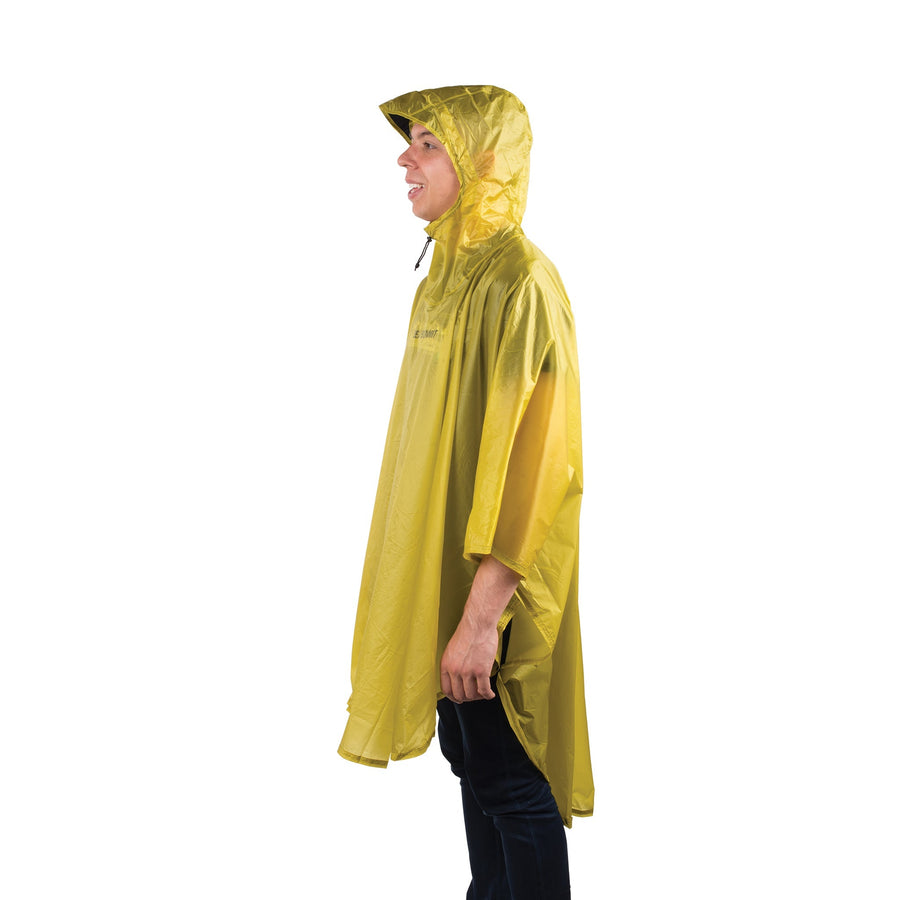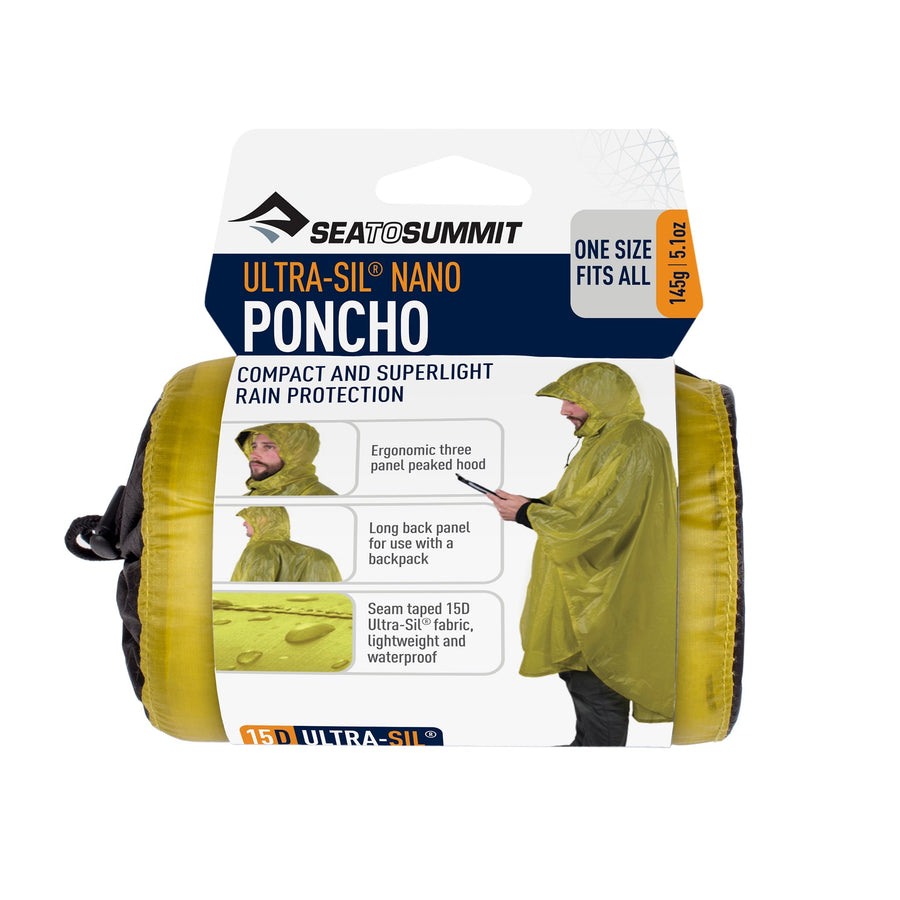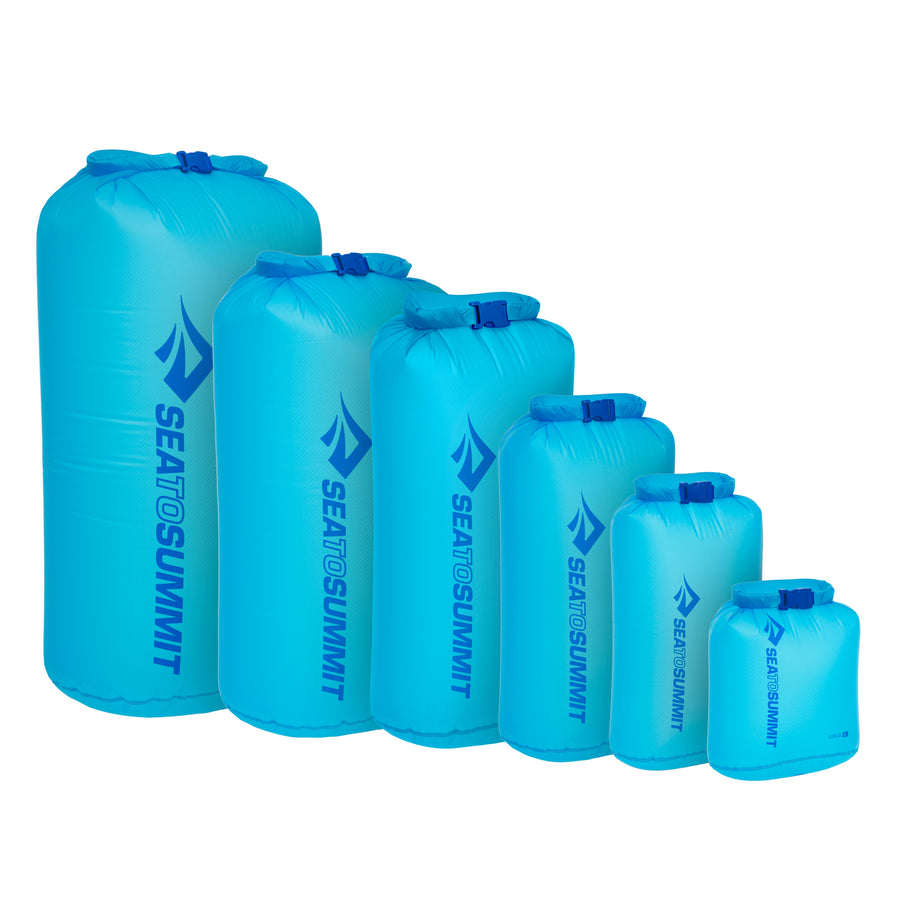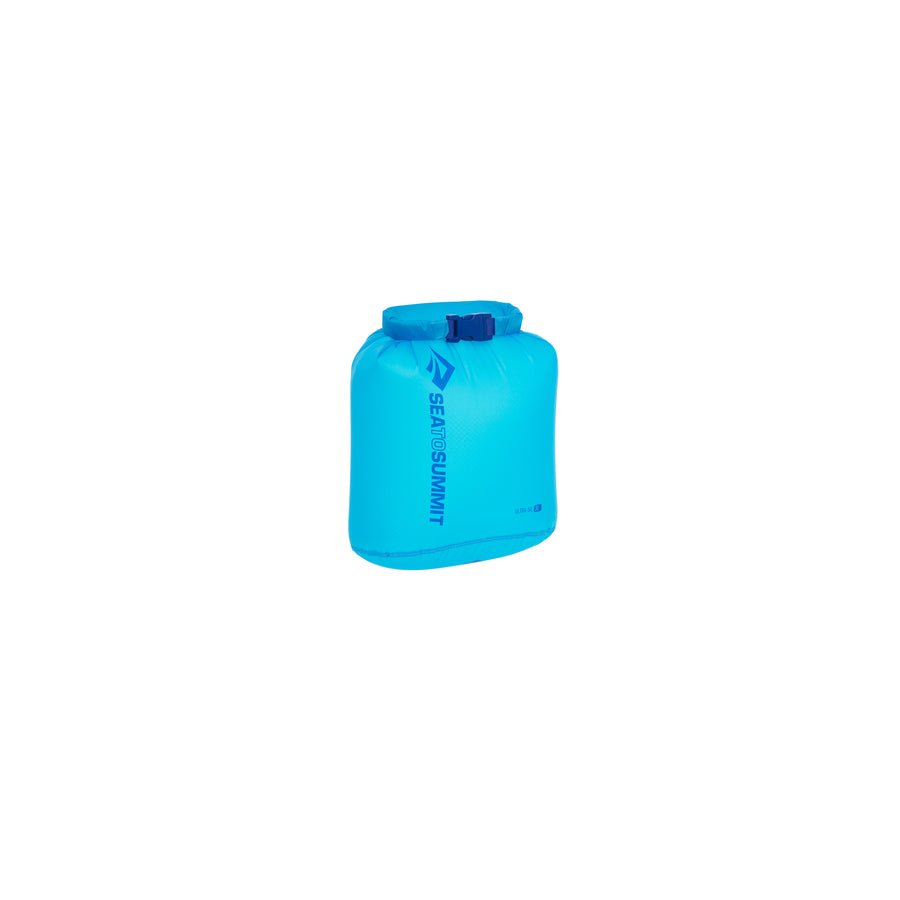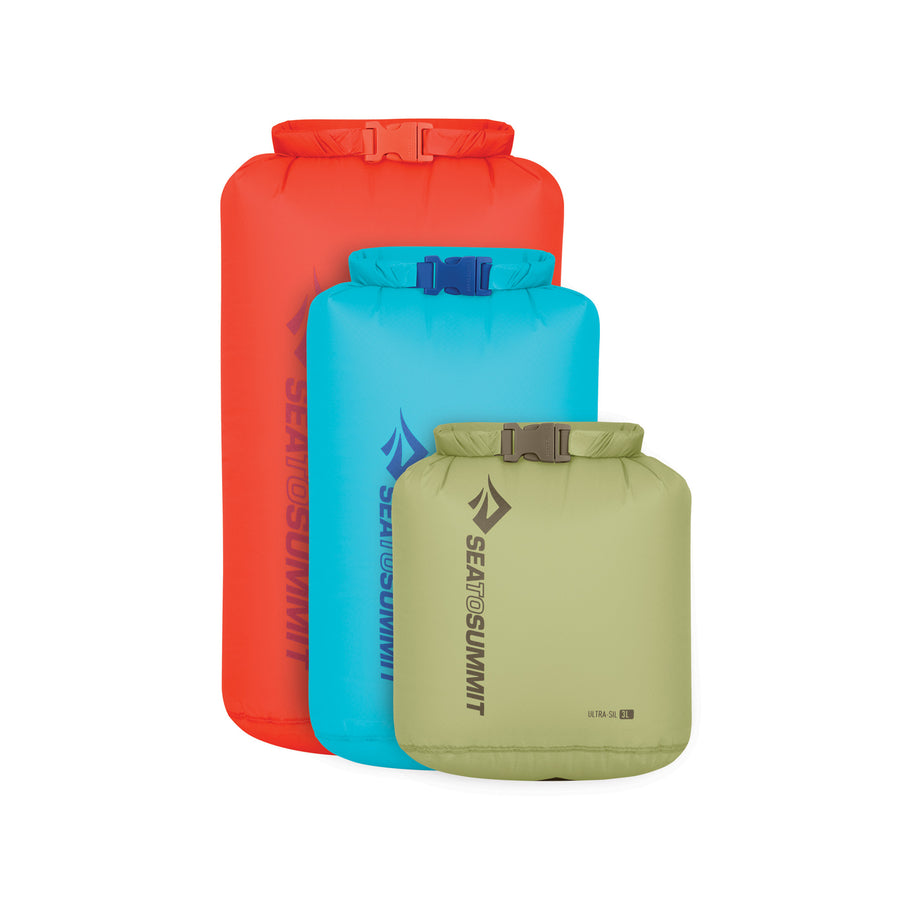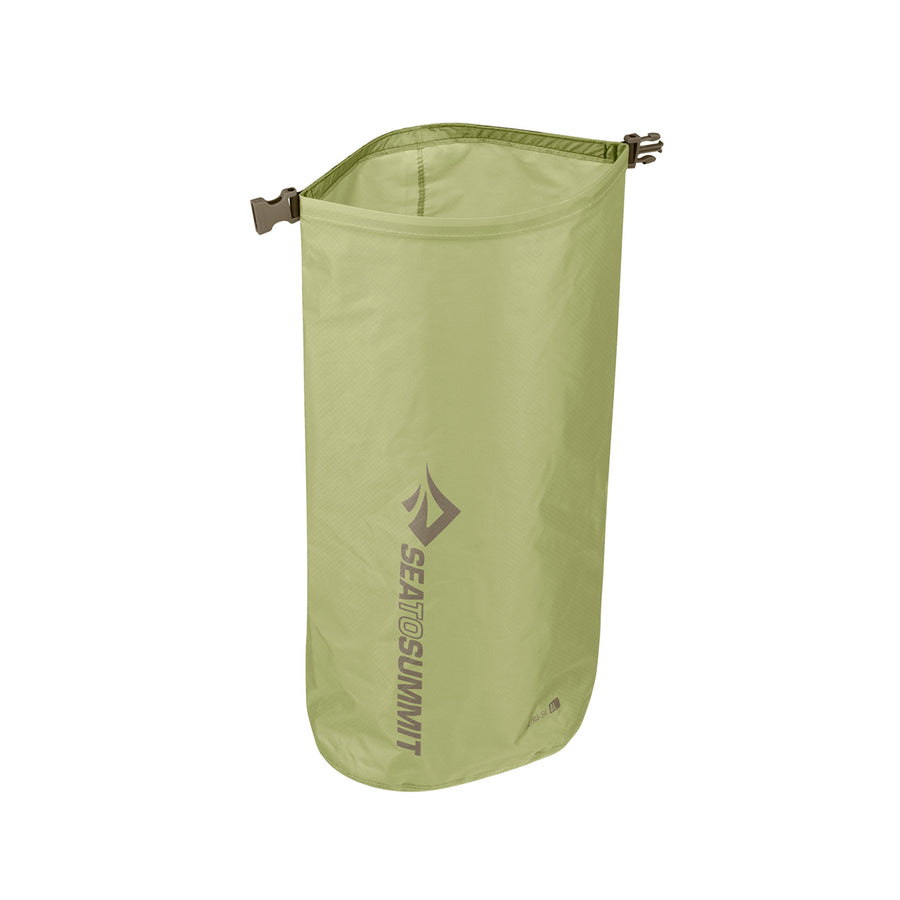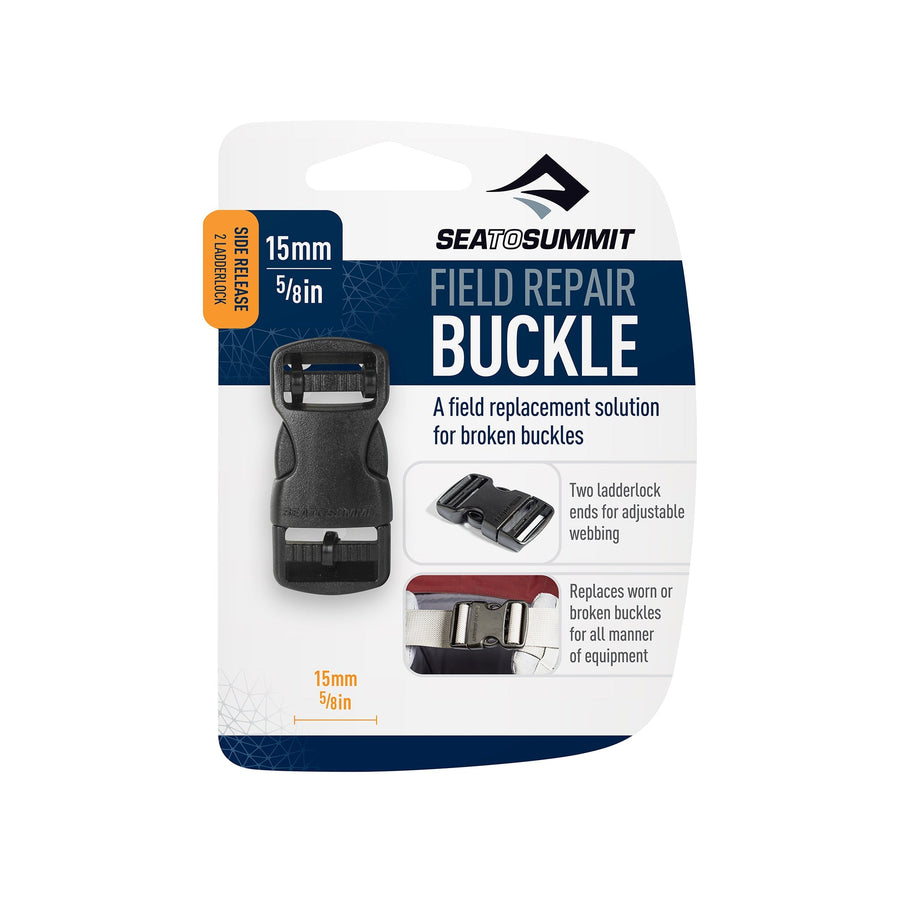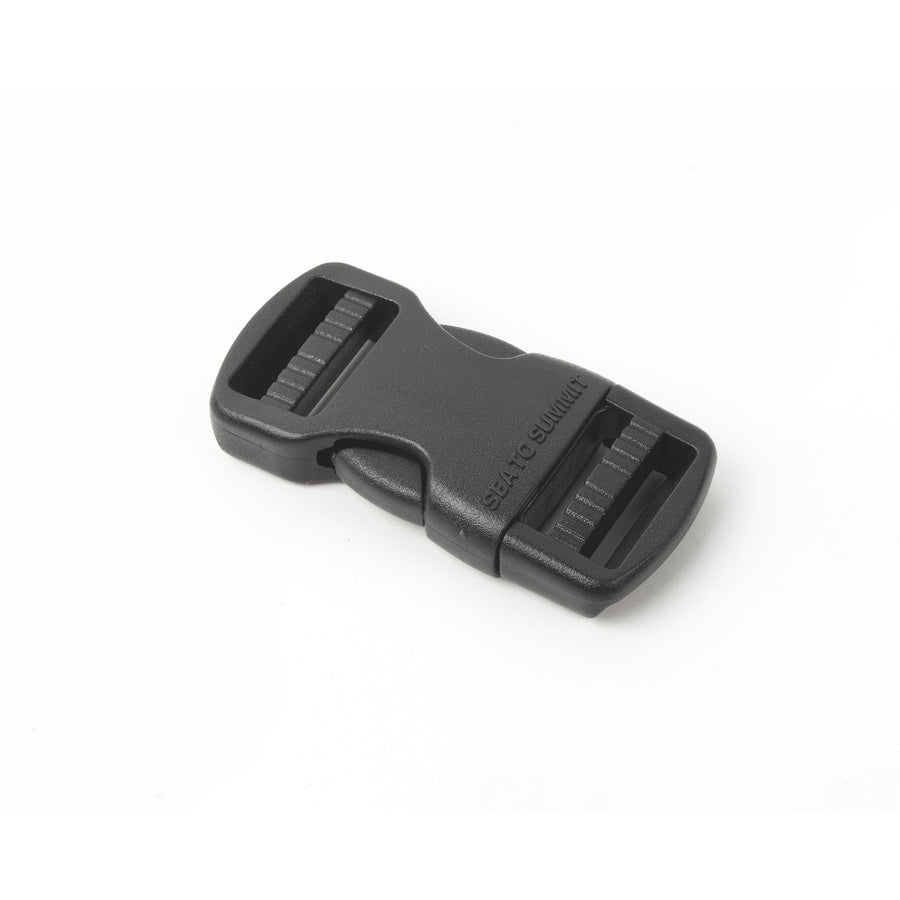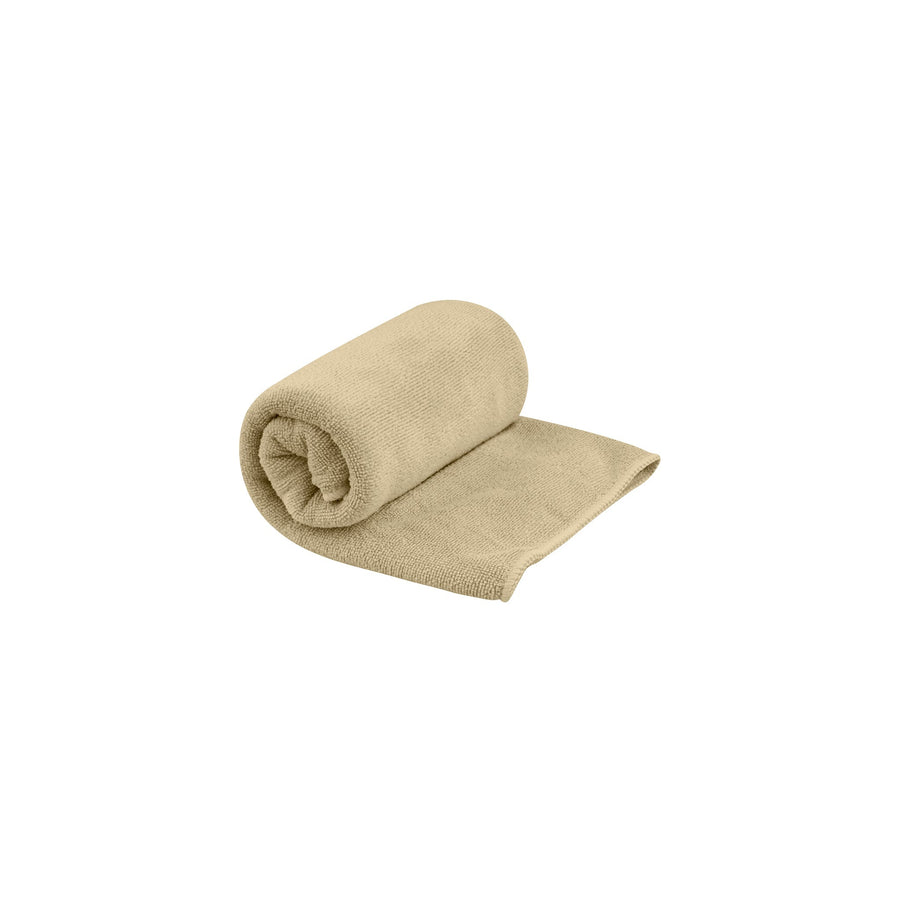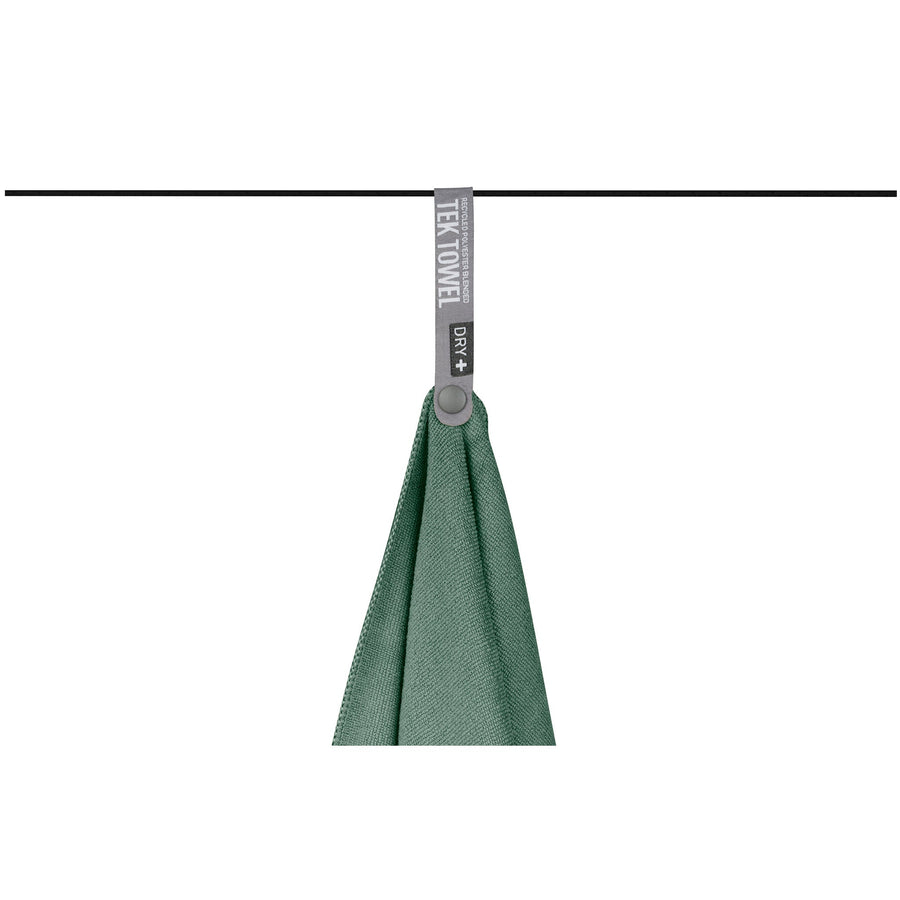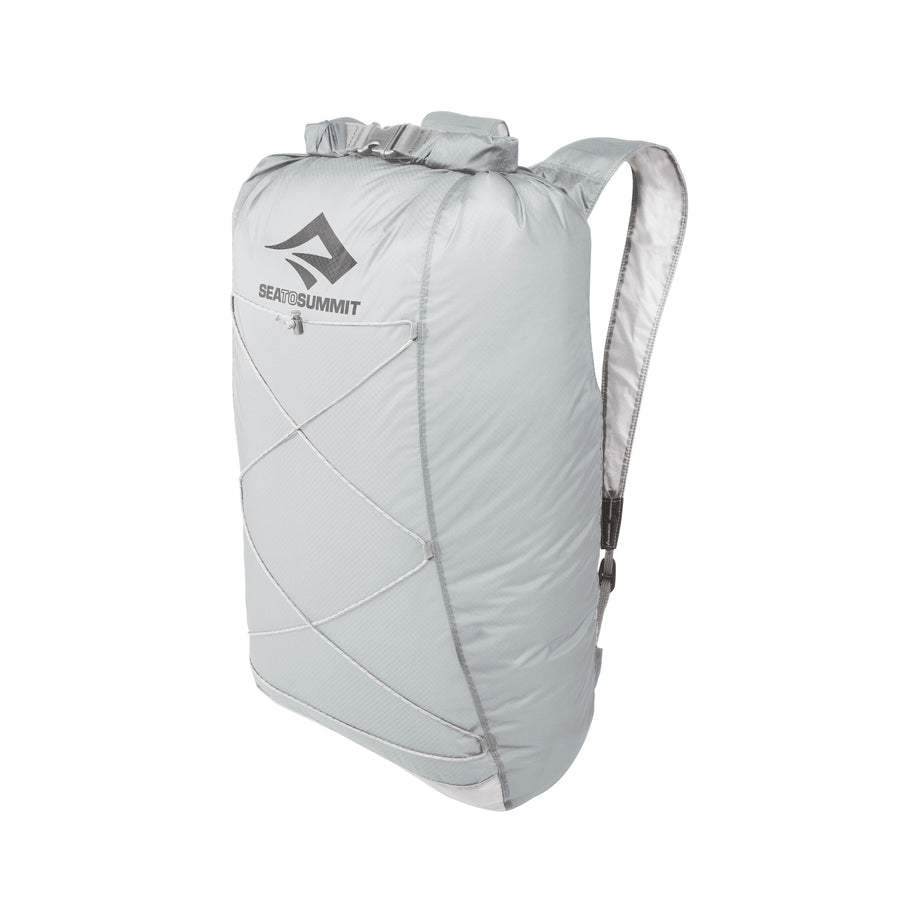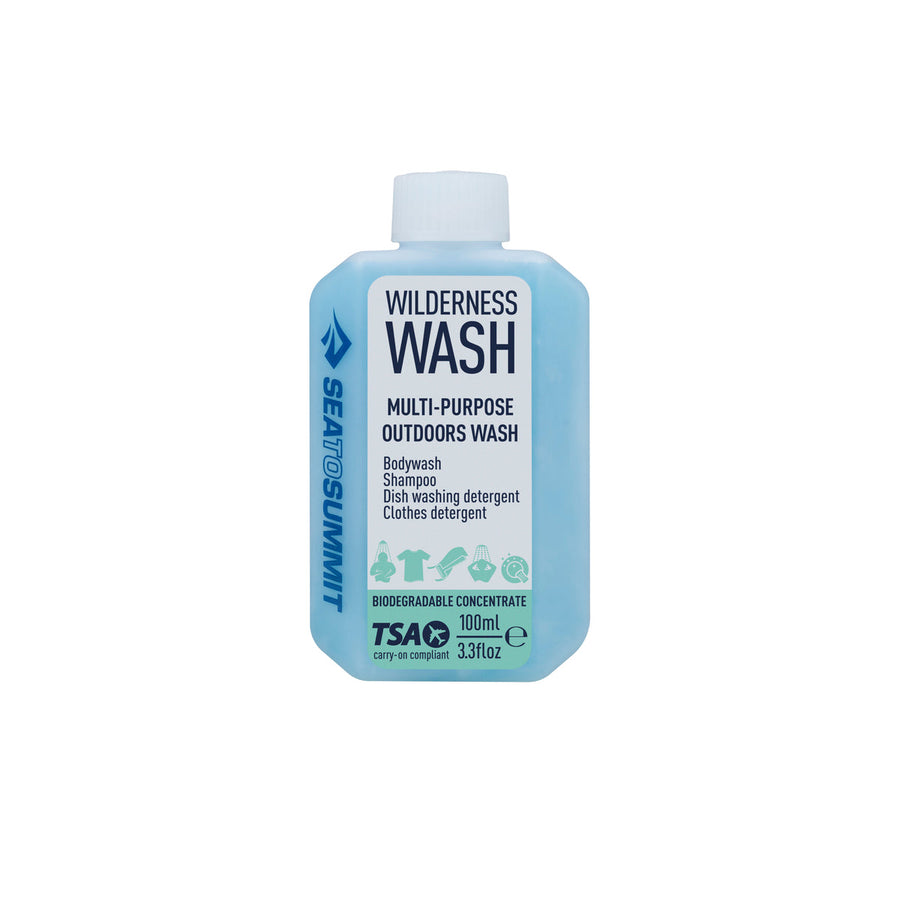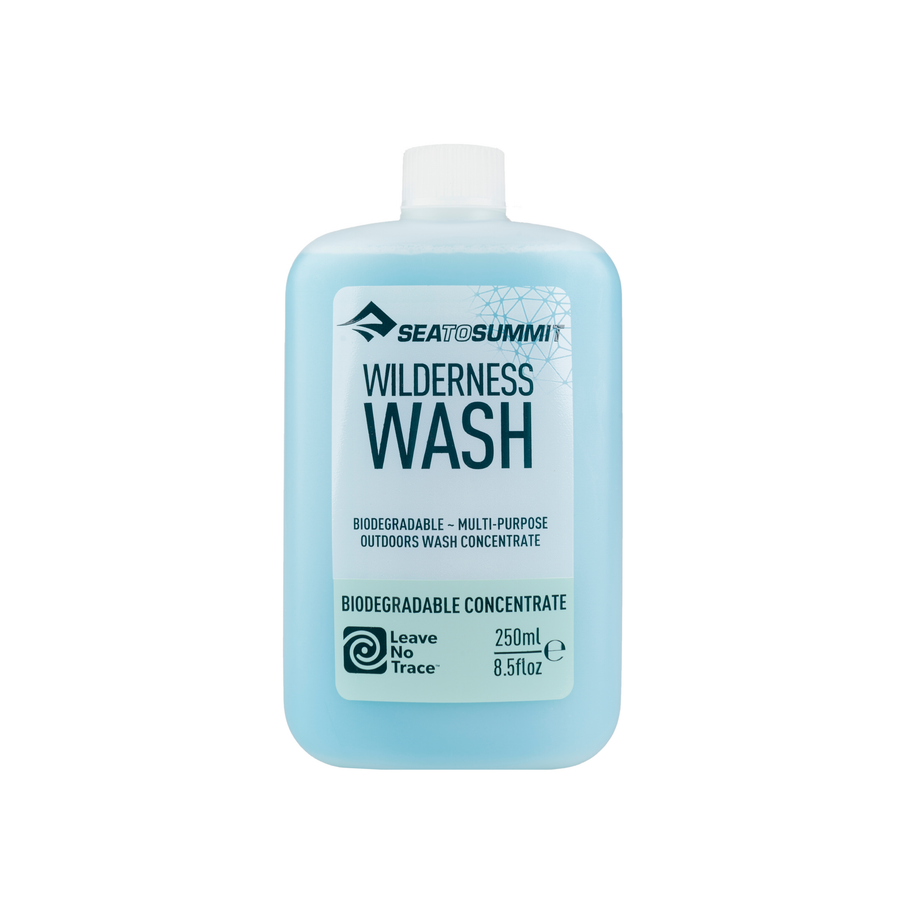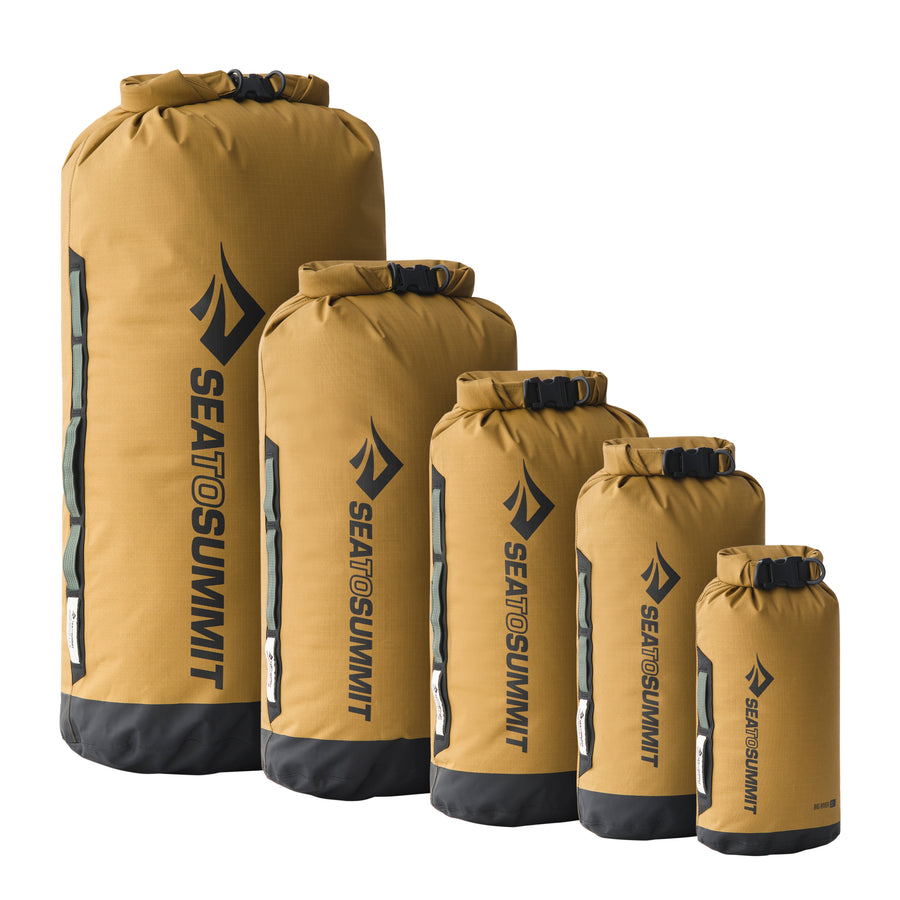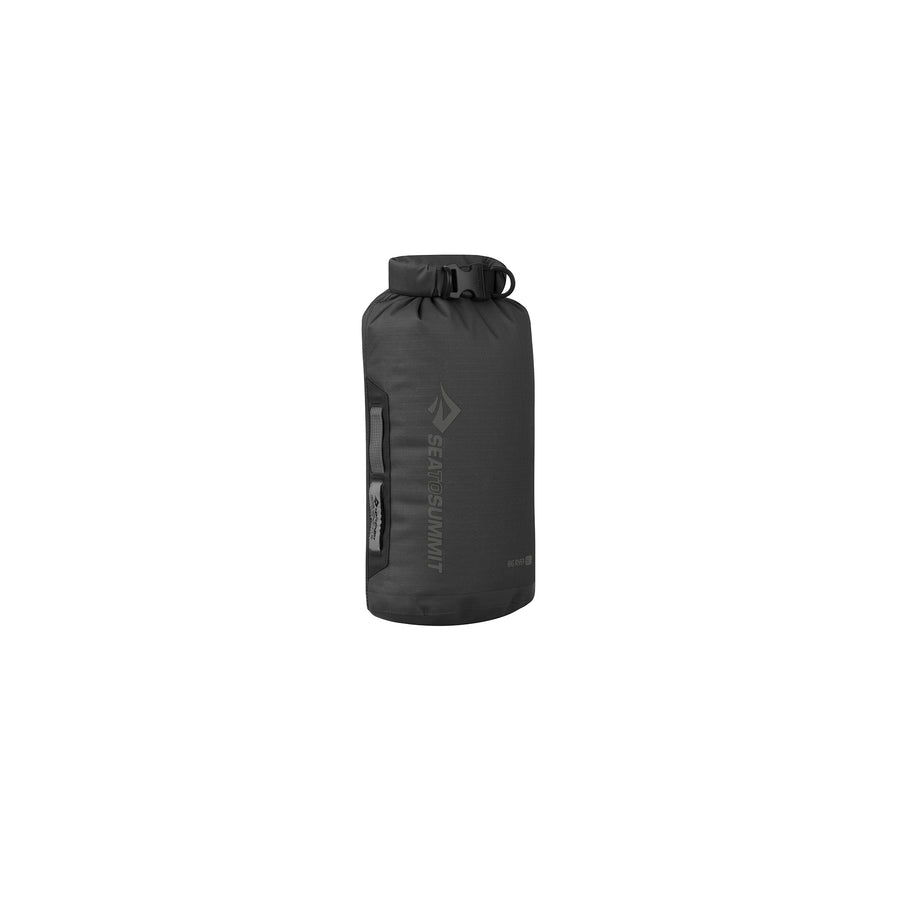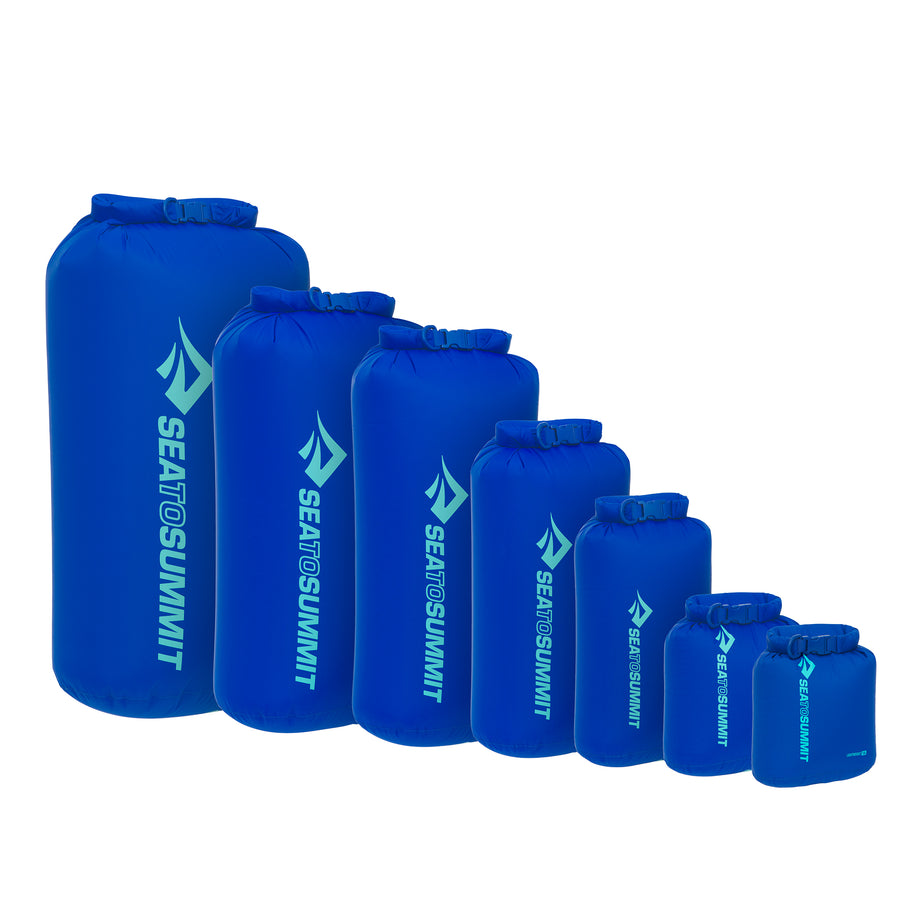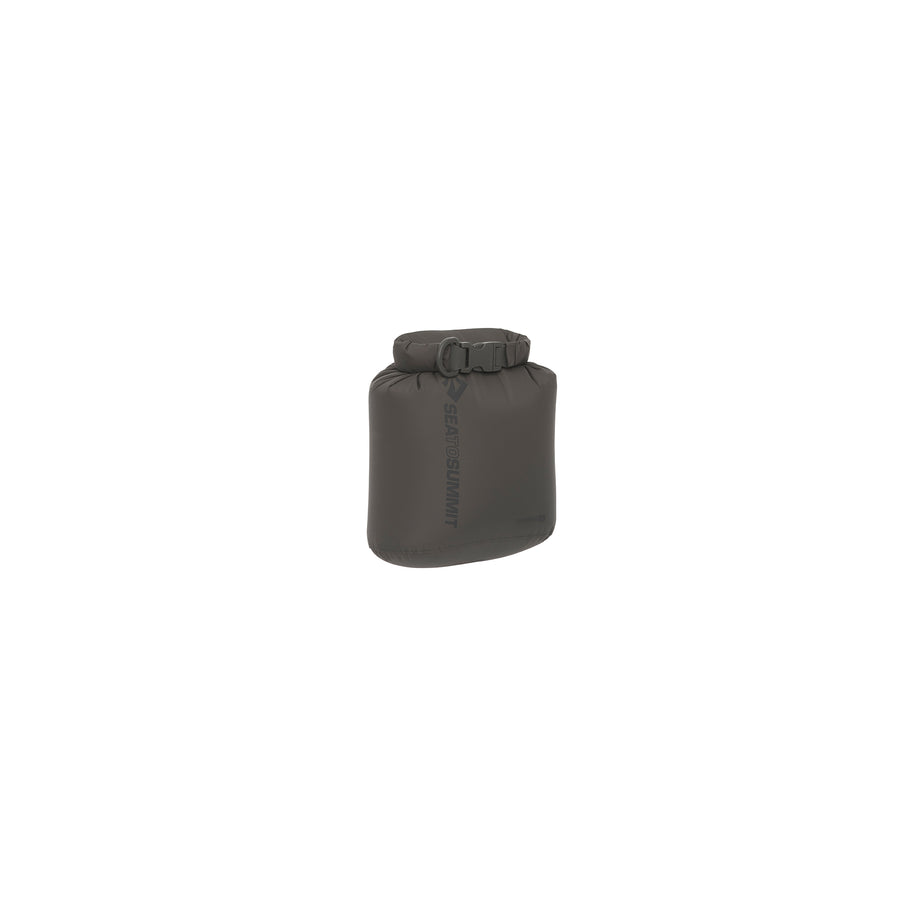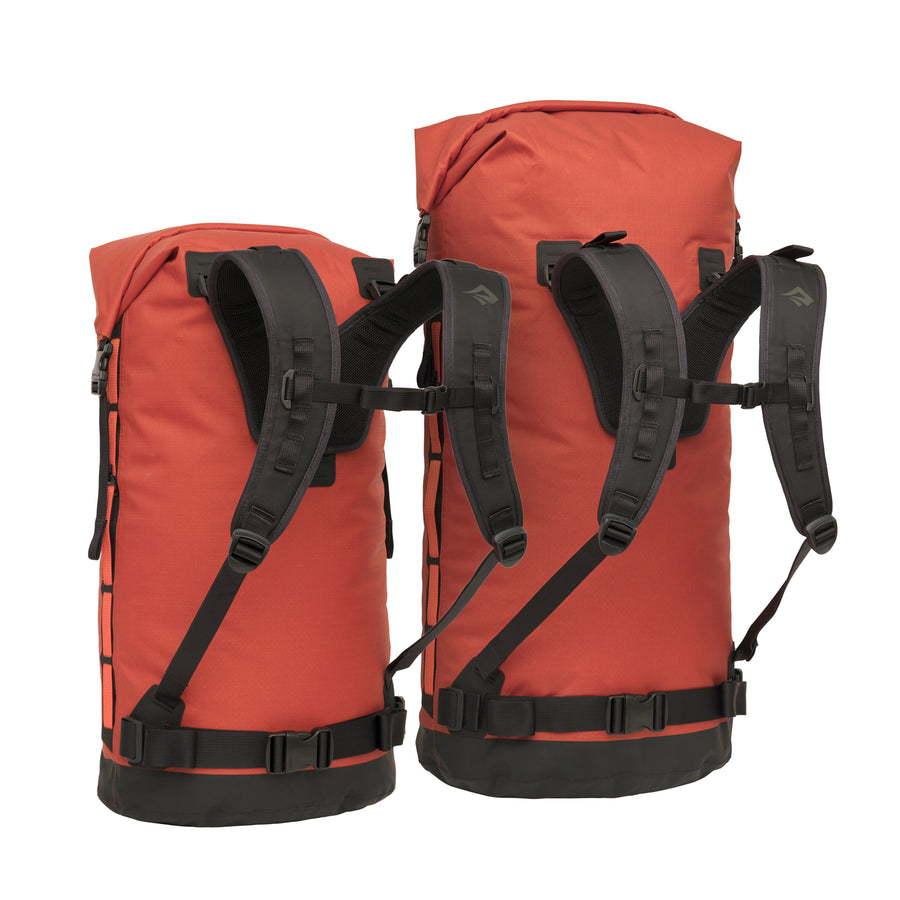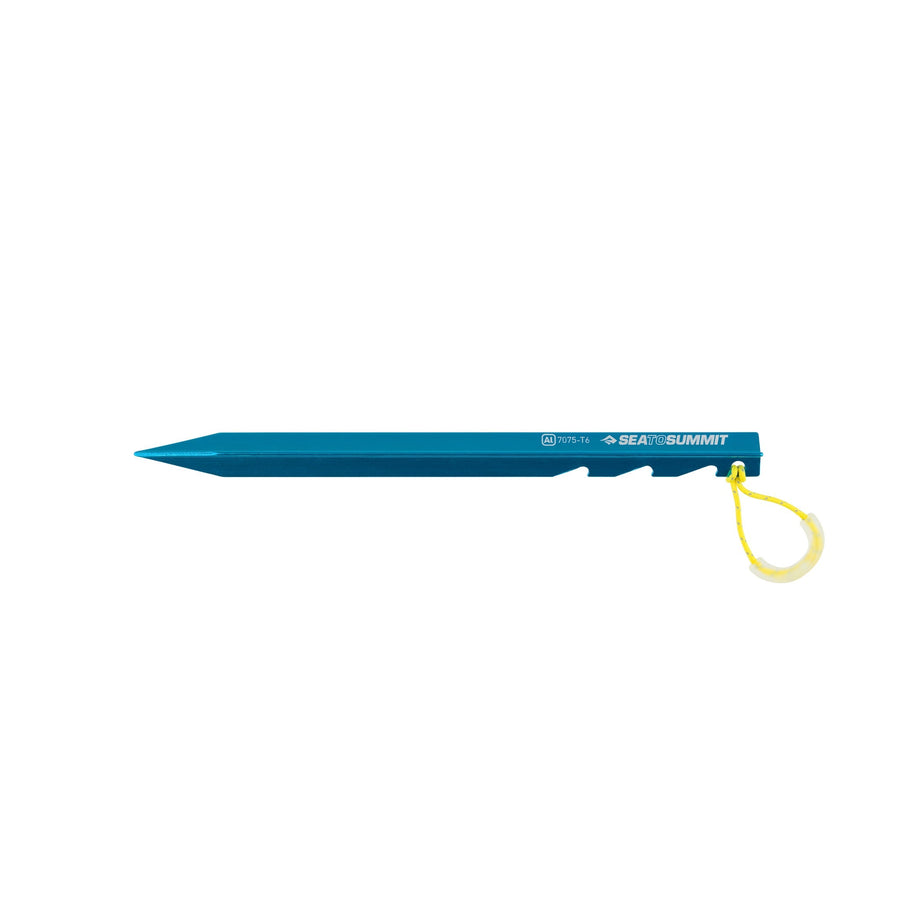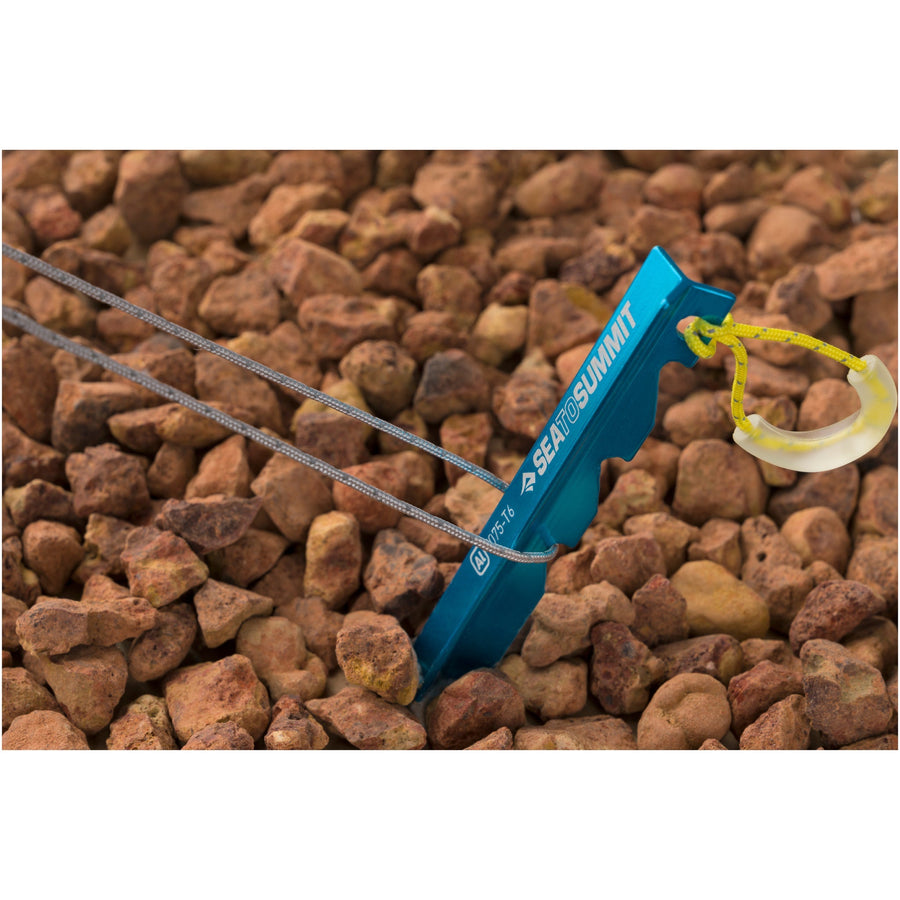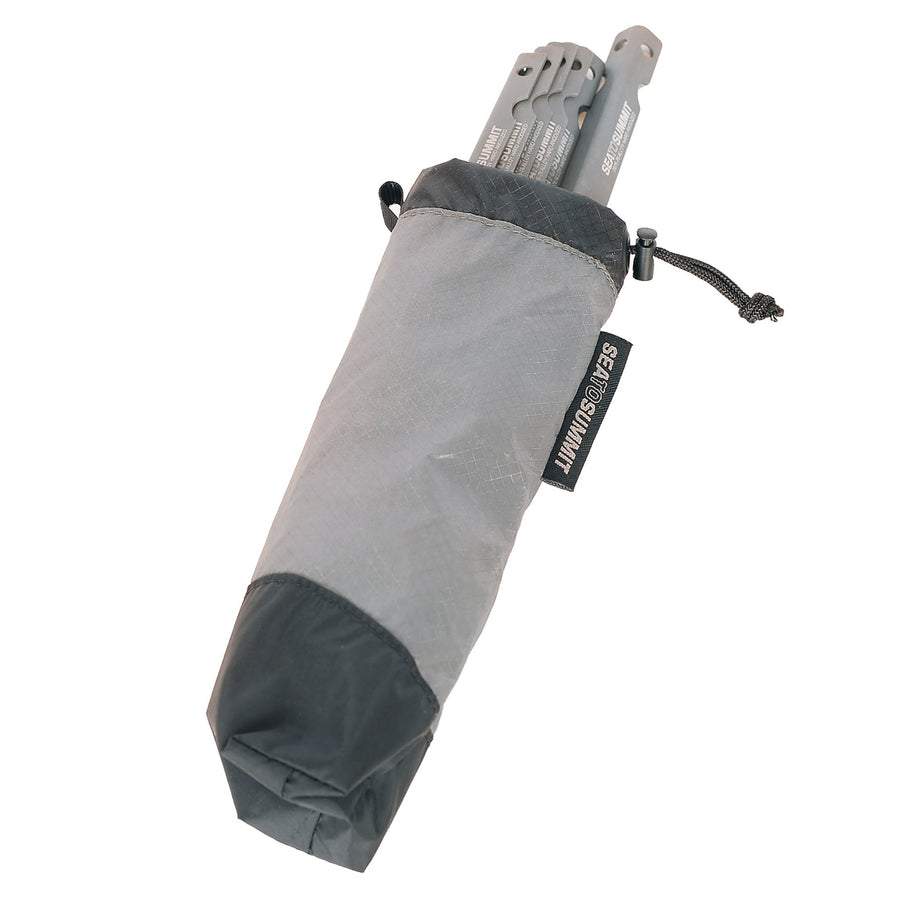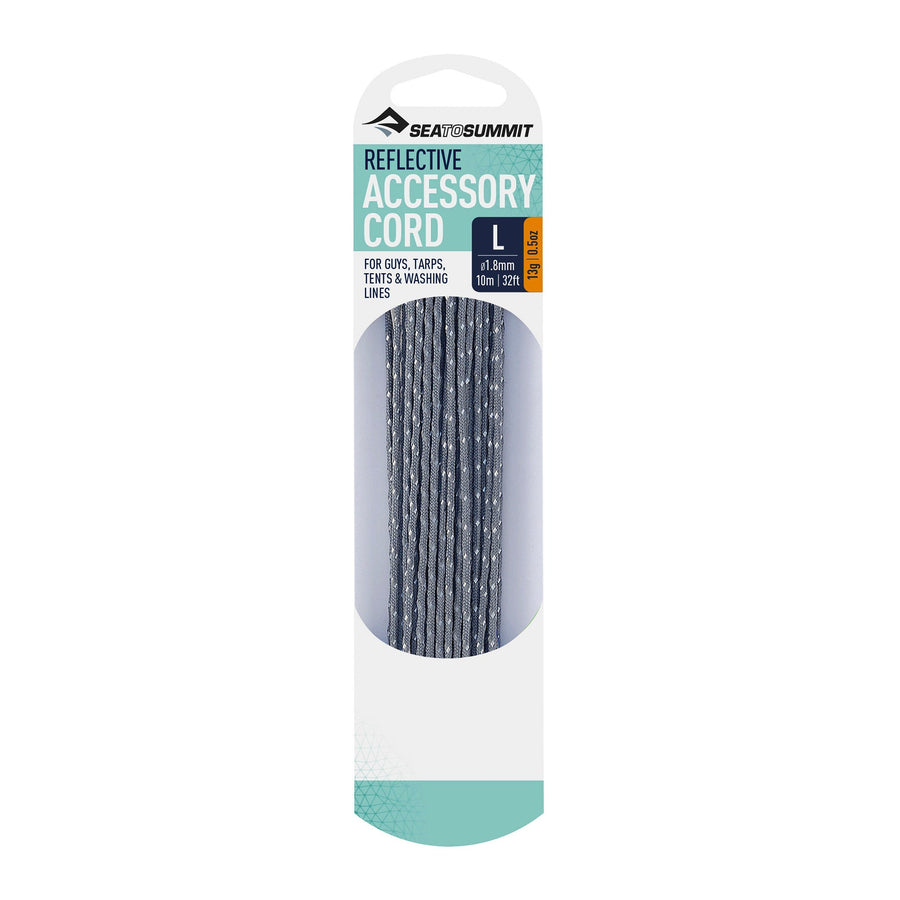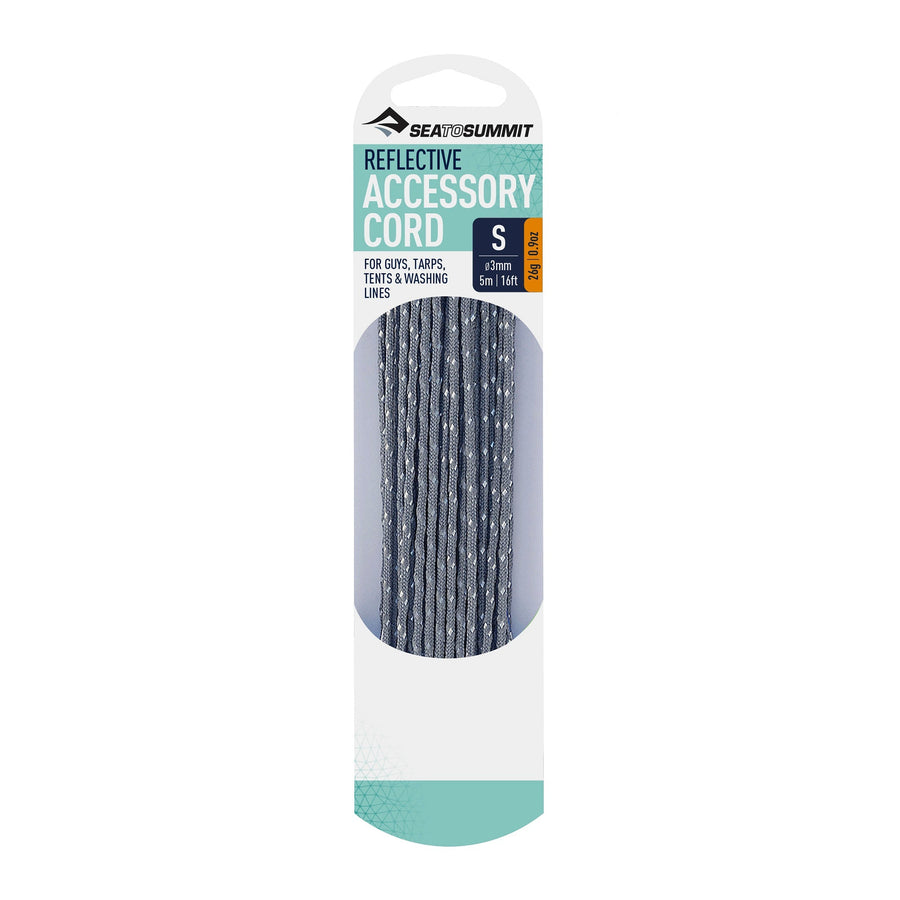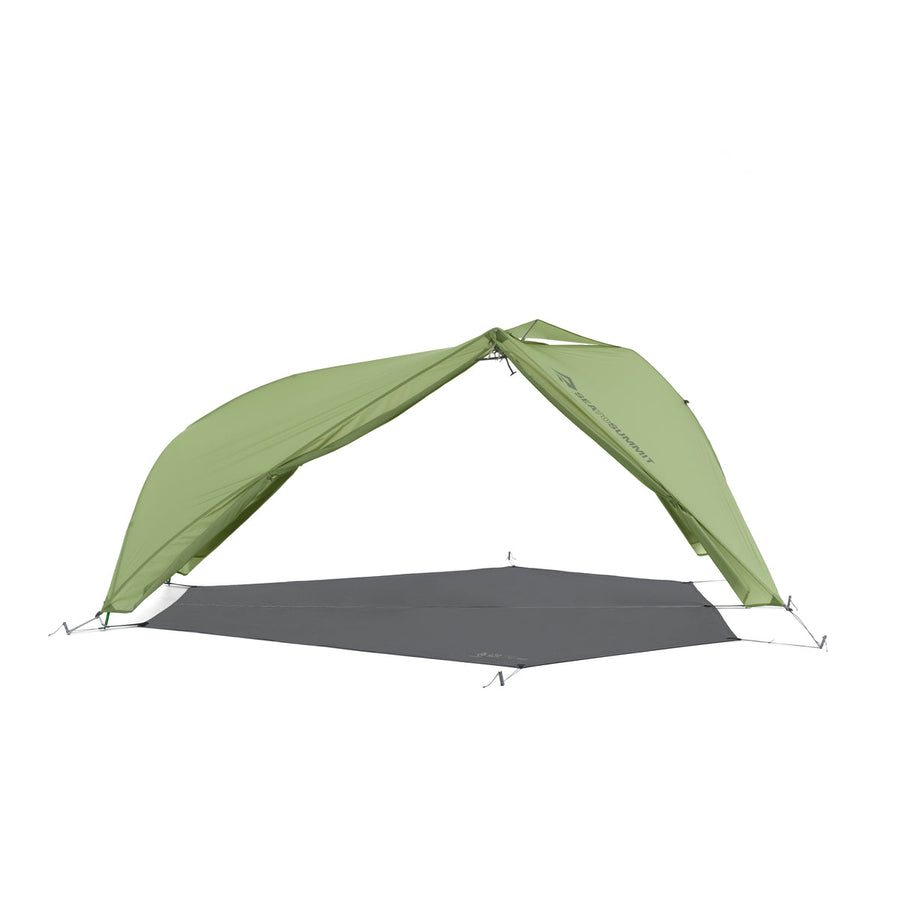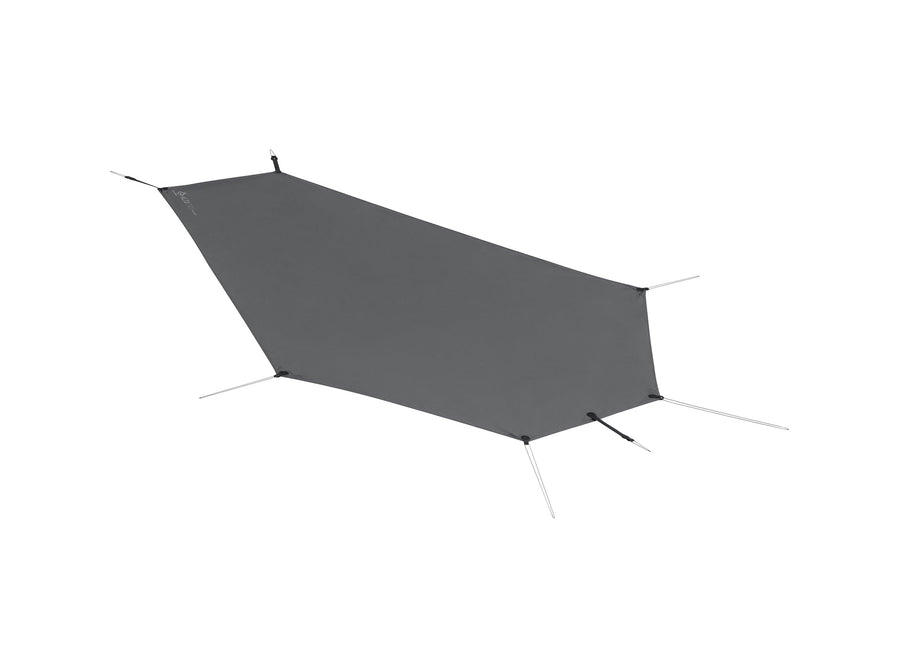The Physics of Insulation and Comfort in Air-Filled Sleeping Mats

So much has changed in the nine years since we first published this post:
Back then, Sea to Summit Air Sprung Cell mats were brand new. Large-volume tubular air sleeping pads were common, and the idea that a thinner mat could be comfortable ran contrary to many of the marketing messages.
However – just like a pocket spring home mattress, a larger number of suspension points equals more stability which equals more comfort. The Air Sprung Cell idea has since been widely copied and used in hundreds of thousands of air mats, so requires less explanation these days.
Other things have changed, too: in 2020 the outdoor industry agreed on an R-Value standard published by the ASTM, so at Sea to Summit we spend a lot less time explaining why an empirically tested value is important.
However, some things have not changed
Basic physics works just as it did nine years ago:
You are warm, the planet beneath you is cold, and thermodynamics says that the two of you are trying to even each other’s temperature out. Without an insulating layer beneath you, this is an equation you are going to lose.
How well your sleeping pad resists the transfer of heat energy from top to bottom can be measured in a laboratory and expressed as an R-Value. The higher the R-Value number, the greater the resistance to the loss of warmth.
Two things worth knowing about this:
- R-Value not always tested. Testing is expensive, and it is not required by law; so some brands simply ‘estimate’ an R-Value. If you don’t see an icon which reads ‘Tested to ASTM F3340’ on the packaging, you know that you are dealing with an educated guess at best.
- The R-Value test is static. There is no allowance made for the effect of a moving sleeper on top of the pad. More about the effect of internal air movement on insulating performance in a moment.
A sleeping pad is not ‘warm’
An air-filled sleeping pad – even one with a high R-Value – is not ‘warm’. It assumes the same temperature as the air around it until you add energy to it. What a mat or pad does is this: it reduces the transfer of heat energy from the sleeper into the colder ground.
When you lie down on an air-filled sleeping mat or pad, you warm up the air in the mat immediately below your body (mainly your torso). The larger the internal volume of the mat/pad, the more energy this takes.
R-Value and real-world insulation performance are not necessarily the same:
When you turn over on an unstable pad, you squeeze a large quantity of air back and forth, and in doing so you dissipate much of the energy you put into the pad.
A stable mat – such as a Sea to Summit Air Sprung Cell mat – reduces the amount of internal air movement significantly. A different construction concept is to use internal baffles to create chambers that reduce the amount of air you are actually warming up. Both are better than large volume tubes.
Another point of energy loss is due to air movement through the holes in the insulation necessary for baffles and welds to pass through (the ‘R-value’ is an average taken over a larger area, so small points of energy loss don’t become apparent). Some designs are better in this respect than others.
A high R-Value mat or pad will not be ‘too warm’ in summer
As mentioned; a mat / pad is not warm, it just reduces the transfer of energy between you and the colder ground. In summer, the only difference is that the temperature differential between you and the ground is smaller (and on really warm ground, the mat would actually prevent transfer of heat energy from bottom to top).
It’s like the wall insulation in your home: in winter, it keeps the house warm despite the cold air outside. In summer, it keeps the house cool when the outside air gets unpleasantly hot.
Temperature ratings for sleeping mats is an inexact science
There are several reasons why Sea to Summit does not quote temperature ratings for sleeping mats:
- The temperature you need to know is the ground, not the air temperature (which is not easy to determine)
- Humid air/wet ground conducts energy better than dry air/dry ground (so more insulation is necessary at the same temperature in damp-cold conditions)
There are lots of other factors you need to consider before choosing a sleeping mat.
These include:
- Is an air-filled mat or a foam-filled (self inflating) mat better for my use?
- How important are weight and packed volume?
- How important are reliability and durability?
- How important is ease of use?
We’re here to help you make the right choice.
